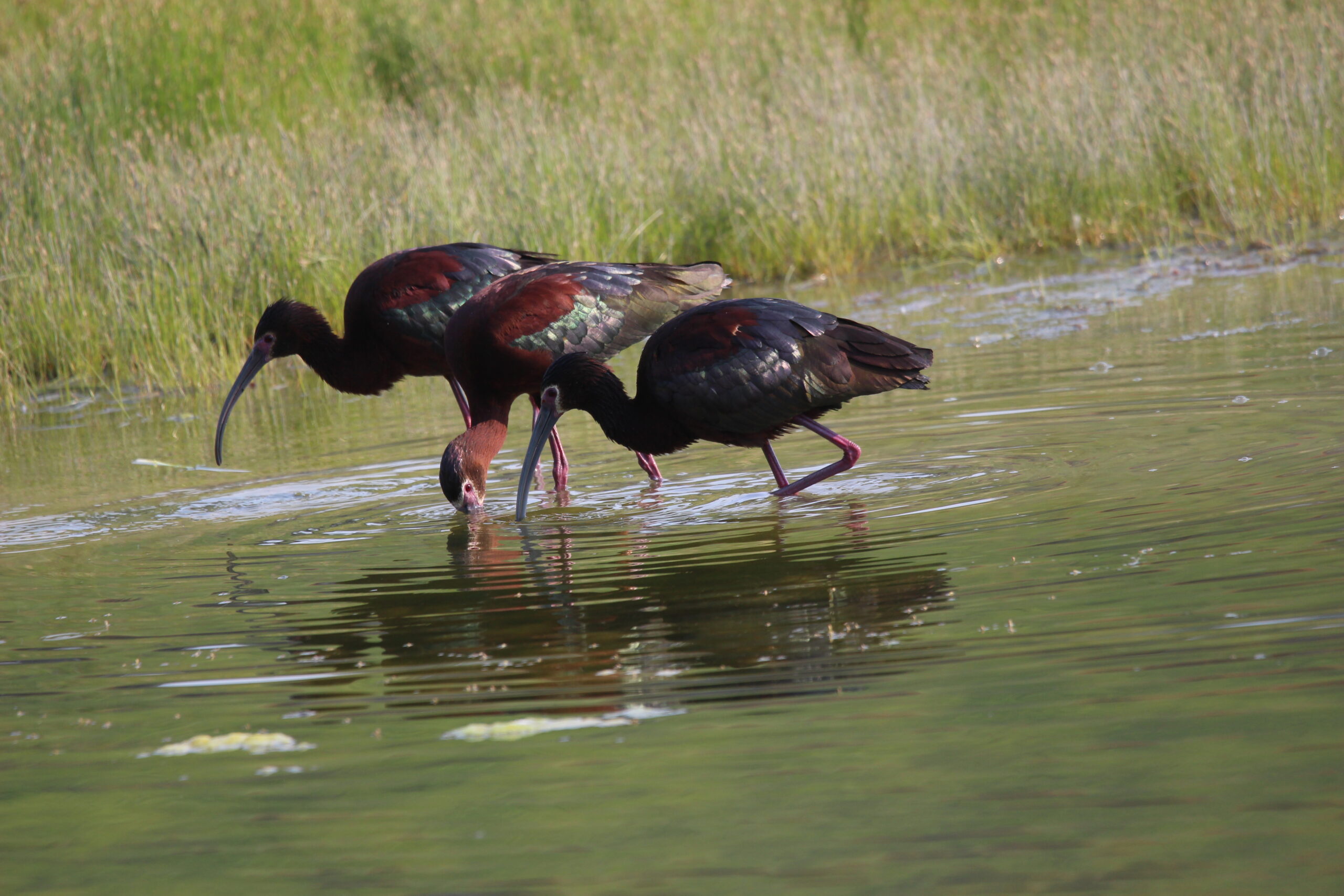The first snowfall of the season over Thanksgiving weekend may have signaled the end of my socially distanced outdoor fourth wave boozing with friends, so I pulled a few dusty gems out of the wine cellar to mark the beginning of a long winter of solo tippling, in the form of a mixed case of Sardinian wines put together by one of my wine clubs.
For those not familiar, Sardinia is the second-largest island in the Mediterranean, just a wee bit smaller than Sicily, and located just south of the French island of Corsica. Due to its strategic location in the middle of Mediterranean, it has been used as a shipping junction since the 9th century BCE, and has been controlled by assorted different empires over the centuries, until the 19th century unification of the various city-states of the Italian peninsula into what we now know as modern-day Italy.
Sardinia is 350km from the Italian mainland, but only 13km from the neighbouring French island of Corsica, so it is unsurprising to find plenty of French wine grapes in Sardinia. The most popular varietal is known locally as Cannonau, but the rest of the world refers to the grape as Grenache.
While Grenache has spread across the world from its ancient birthplace of Catalonia (now modern-day Spain), it has become the signature grape of Sardinia, making up more than 30% of the acres under vine. Unlike other wine regions that like to use Grenache as a blending grape, Sardinian winemakers love to bottle Cannonau as a single varietal to display its soft tannins and silky finish. Due to the hot climate, local tastes lean towards lighter red wines that can be served chilled, so Sardinian winemakers will often age in stainless steel vats instead of oak barrels, which produces a lighter bodied and fruit forward wine.
Carignano is another widely planted red grape in Sardinia, also known as Carignan in France and Spain. Sadly, we only small amounts are exported to North America, so my local wine shop puts a bottle aside for me whenever a shipment comes in. The history of the grape has been lost to the wine-soaked mists of time, but ampelographers speculate that the grape originated in what is now modern-day Spain, and spread to France and Italy sometime in the 9th century BCE, nearly three millennia ago.
Carignan plantings in its native Spain were eventually overtaken by the twin juggernauts of Garnacha and Tempranillo, with the majority of the acres of Carignan under vine now in France. Indeed, up until the 1970s, Carignan was the most commonly planted red grape in France, with half a million acres under vine. Plantings have decreased quickly since then, and were overtaken by Merlot by the turn of the century.
The Carignano grape is particularly vigourous and highly productive thanks to the Sardinian climate, so in addition to single varietal bottlings, it is also used as a blending grape to inexpensively bulk up other grapes. Experienced boozers may be more familiar with Carignan due to its popularity in the Languedoc wine region of France, if only because the larger French production areas mean more is available for export to North America.
For those who prefer white wines, the Vermentino grape is a native Italian grape, found primarily on the island of Sardinia, as well as the Piemont region of northwestern Italy. For those unfamiliar with the grape, it is somewhat similar to Sauvignon Blanc and Sémillon. Winemakers adore the Vermentino grape for its flexibility, as the grape can be vinified into a light and floral wine, or a rich and creamy finish with a more sophisticated bouquet. The magic happens during the fermentation process, where minimal interventions by the winemaker result in a fresh and zesty light wine, or the winemaker can choose to introduce malolactic fermentation, which consumes the naturally occurring malic acid in the wines, resulting in a creamy finish with a rich oily sensation on the tongue for a lingering finish.
Malolactic fermentation, also known as MLF to the wine snobs of the world, is not unique to the Vermentino grape, but this grape does take quite well to the process, resulting in a wine that pairs well with Italian cuisine, particularly dishes containing garlic or pesto, which are notoriously hard to pair with wines.
Instead of reaching for the same old reliable wines from Tuscany, seek out the wines of Sardinia on your next trip down the Italian aisle of your local wine shop.





